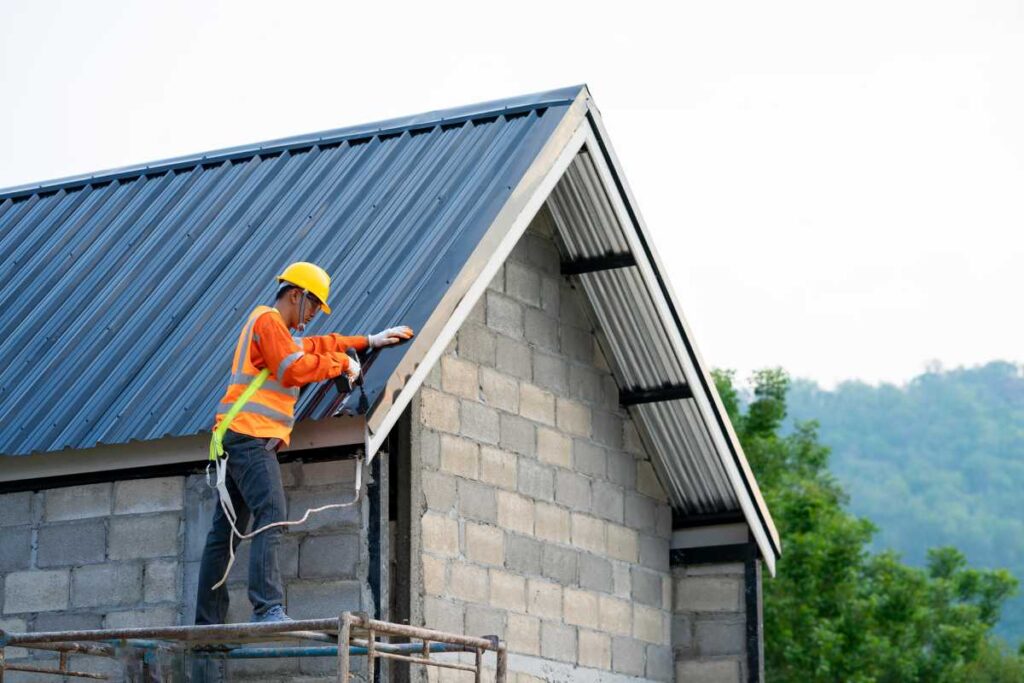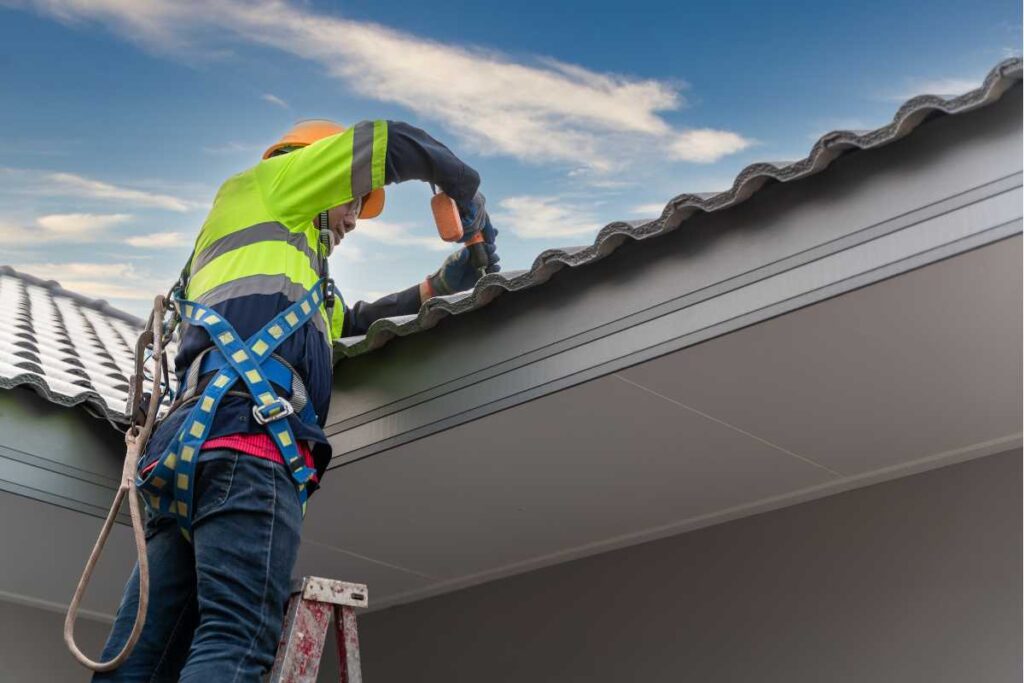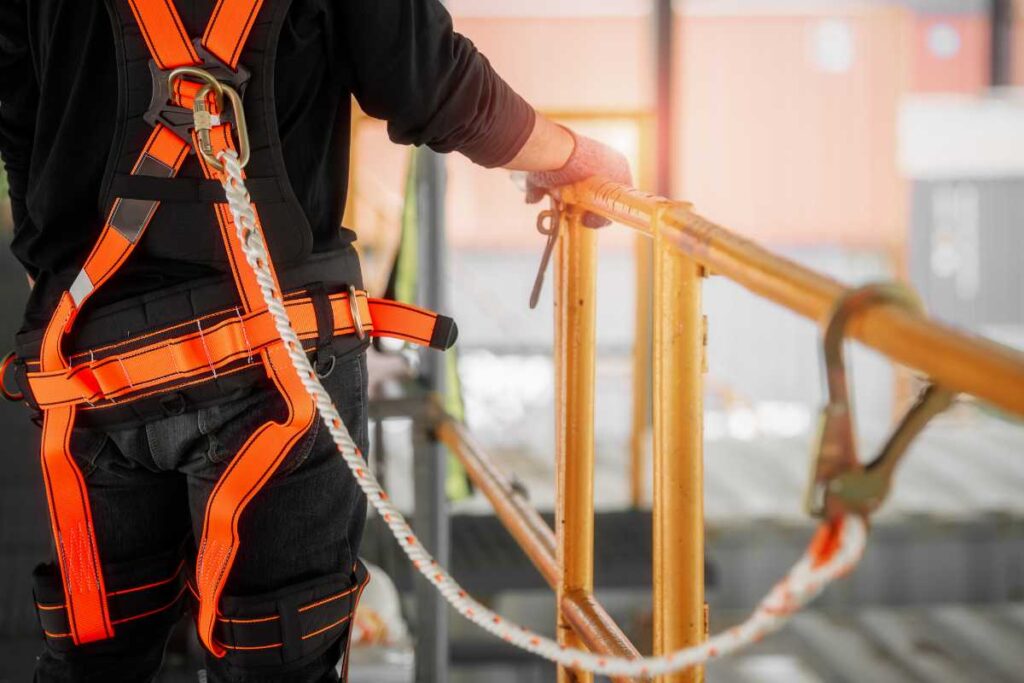At Kiwi Roof Masters, we handle countless roofing projects across New Zealand each year, always placing the safety of our professionals at the forefront of all operations. A key part of our safety protocol is the use of a roofing safety harness. This invaluable tool ensures we maintain a high safety standard while working at height. We’re not just ticking boxes for compliance, but we’re committed to safeguarding the well-being of our skilled team members.
Whether you’re a DIY enthusiast or a professional roofer, it’s imperative to have a roofing safety harness equipped with the right features. Here are the top five features your safety harness should possess.
- Full Body Harness
A full body harness helps distribute weight evenly in the event of a fall, reducing potential injuries. It wraps around your chest, shoulders, and legs to keep your body upright even during a fall.
- Shock Absorbing Lanyard
A lanyard with shock absorption capabilities reduces the impact of a sudden stop during a fall. These lanyards are equipped with built-in shock absorbers that slow down your fall, allowing for a more gentle stop, significantly reducing the risk of injury.
- Appropriate Weight Rating
Your safety harness should be able to support more than your total weight, including your tools. The typical weight rating for a harness is about 140 kilograms, which considers the weight of the user and their equipment. Always ensure your safety harness is rated for the appropriate weight.
- Comfort and Adjustability
Roofing jobs can be time-consuming, making it crucial for your safety harness to be comfortable and adjustable. Look for features such as padded waist belts, shoulder, and leg pads for added comfort. The harness should also be easily adjustable to guarantee a secure and comfortable fit.
- Easy Rescue Features
In the unfortunate event of a fall, a swift and safe rescue becomes crucial. Some harnesses come with integrated rescue straps, enabling quicker and more efficient rescue operations.
Choosing the right safety harness involves not only meeting the basic safety requirements but also ensuring the highest degree of protection and functionality, whether you’re a homeowner tackling a DIY project or a roofing professional on a commercial job.
Remember, while a safety harness is an essential piece of safety equipment, proper training and a solid understanding of safety protocols are equally important. Working at height should never be underestimated.
Considering a roof repair, resurfacing, or replacement project? Don’t take unnecessary risks. At Kiwi Roof Masters, our professionals are trained and equipped with the best safety gear to deliver quality work while prioritising safety. Feel free to contact us today to discuss your roofing needs.


